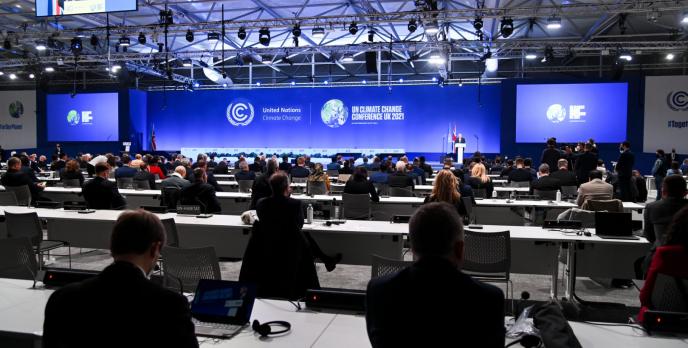Prioritizing Environmental Sustainability in Post-Pandemic Economic Recovery

By Cheryl Ting
The world has not been the same since the pandemic began in early 2020. For two years, there has been less human activity and, consequently, lower carbon emissions. However, the pandemic did not quite “save the planet” as, once lockdowns eased, emissions surged again. Ultimately, the dip in emissions did little but temporarily suspend the accumulation of carbon in the atmosphere from increasing at the rate it was at previously. As we battle the latest COVID-19 Omicron variant, it seems that we might soon see the light at the end of the pandemic tunnel. So, where does this leave us in terms of environmental sustainability, a pressing global challenge we seem to have set aside for a moment as we deal with the coronavirus?
It turns out, even amidst the pandemic, most people have not lost sight of the climate crisis. In fact, according to a survey conducted by the Boston Consulting Group, “people are more concerned—not less—about addressing environmental challenges and are more committed to changing their own behavior to advance sustainability”. It seems that awareness of the impacts of our actions on the environment, our dependence on nature, and nature’s threats to us have grown since the beginning of the pandemic. In demanding that governments and companies improve their responses to the pandemic, respondents have also called for entities to give more consideration to environmental issues and incorporate sustainability into their products, services, and operations.
As governments, businesses, and organizations prepare for economic recovery from the pandemic, they seem to be responding to the public’s demands for plans and interventions to include a sustainability focus. This could prove to be more effective than we might imagine—The Organization for Economic Co-operation and Development (OECD) pointed out that: "study after study pointed to the opportunities for investing in greener technologies and infrastructure as a way to not only create jobs and reignite growth, but also to finally shift us onto a more sustainable path: an opportunity to combat climate change, biodiversity loss and other environmental crises head-on".
That being said, what is being done currently is nowhere close to enough. The OECD Green Recovery Database has been keeping track of member countries’ policies, measures and environment-related spendings, and it seems that, while large sums of money and resources have been allocated to environmental sustainability, there is “still a striking level of support for environmentally damaging activities elsewhere”. In other words, when we look at the big picture, economic recovery efforts so far have not been as green as we might have anticipated. Hopefully, as more countries move from their “rescue phase” to their “recovery phase”, we can see greater consolidated efforts to combat the climate crisis as well as revive the global economy.
Sustainability-focused pathways for economic recovery would certainly align with the global goals and objectives outlined in the Paris Agreement and reinforced at the United Nations Climate Change Conference COP26 took place last November in Glasgow. According to an article from the UN Climate Change News, “last year’s NDC Synthesis Reports prepared by UN Climate Change showed that countries are far away from the level of ambition needed to achieve the Paris Agreement goals”. With this, a Glasgow work programme on Action for Climate Empowerment (ACE) was adopted by countries and companies to truly push progress in environmental sustainability forward. The six elements of the program include climate education and public awareness, training, public access to information, public participation, and international cooperation, all of which help to hold entities and individuals accountable for their actions, simultaneously promoting a mindset of sustainability among all stakeholders. Four priority areas to be addressed have also been identified, and they include policy coherence, coordinated action, tools and support, and monitoring, evaluating and reporting.
Understandably, for some businesses and organizations, planning sustainable economic recovery is easier said than done. After all, there are a wide range of variables to take into consideration and, on the surface of things, it might seem like growth and protecting the environment are diametrically opposed to one another. However, there are various opportunities to figure out how we can better communicate the significance of environmental sustainability in the long-term framework of growth, and how change can be incorporated in ways that do not subtract from an organization’s core objectives.
One opportunity to find solutions is by attending the University of Southern California’s World Bank-Annenberg Summer Institute (WBASI), an annual summer program that equips participants with the tools, techniques, and tactics required to build coalitions for change, mobilize public support and navigate the political environment. This year’s program, “Reform Communication: Leadership, Strategy, and Stakeholder Engagement”, will focus specifically on addressing climate change and environmental communication. Through WBASI, employees and executives from various organizations and businesses will learn the skills necessary to become a part of this sustainability movement—to incorporate environmental considerations and social responsibility into their models as they plan for economic recovery in the future.

